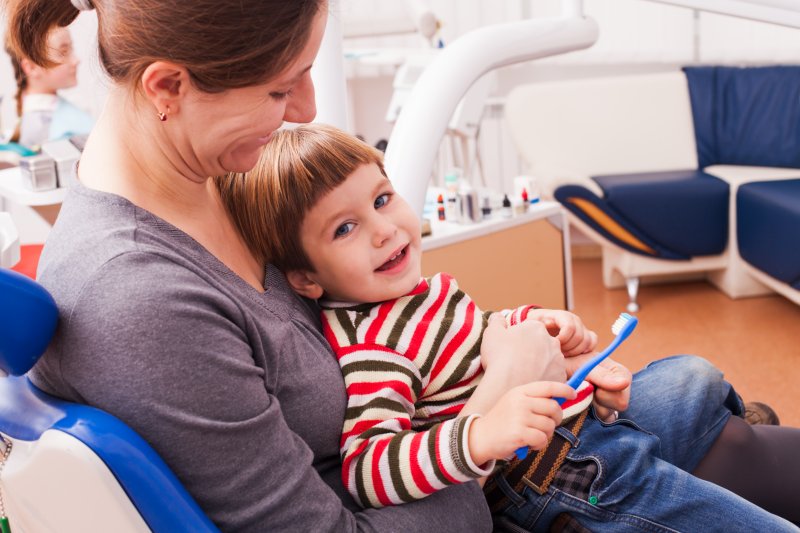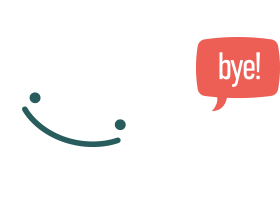 Experienced parents understand teething is often an unpleasant experience for babies, as well as parents when they feel helpless to relieve the discomfort. The last of your child’s “baby teeth,” two-year molars are the final teeth to erupt until they get their permanent set. Most kids get their second molars between 25-33 months on the top row and 23-31 months on the bottom. Read on to learn from a pediatric dentist in Scottsdale about signs these molars are erupting, tips to manage pain, and when to visit their dentist for help.
Experienced parents understand teething is often an unpleasant experience for babies, as well as parents when they feel helpless to relieve the discomfort. The last of your child’s “baby teeth,” two-year molars are the final teeth to erupt until they get their permanent set. Most kids get their second molars between 25-33 months on the top row and 23-31 months on the bottom. Read on to learn from a pediatric dentist in Scottsdale about signs these molars are erupting, tips to manage pain, and when to visit their dentist for help.
What Are Signs of Cutting Molars?
You might notice that the symptoms of cutting molars are similar to other forms of teething. These can include:
- irritability
- drooling
- chewing on objects and clothing
- visibly sore, red gums
Despite the similarities, your child might also be able to tell you about their discomfort, unlike infants.
Many toddlers have no signs of discomfort and don’t complain of pain when their molars come in. For others, the pain may be worse because molars are bigger than other teeth. Some children may complain of headaches too.
What Are Tips for Pain Management?
You can help alleviate the pain and discomfort of molar eruptions with a combination of different home remedies. Medications can also be used as a last resort but ask your pediatrician first.
Home Remedies
- Place a cool, wet gauze pad on the gums.
- Use your finger to gently massage the area.
- Rub a cool spoon on the gums but don’t let your child bite the spoon.
- Let your child chew on a wet washcloth. Make sure the cloth is sturdy; if it starts falling apart, take it away.
Food
Try giving your child carrots, apples, or peeled cucumbers, and encourage them to chew on the side of the mouth that is bothering them the most. Make sure the pieces are small enough to prevent choking. Chilled produce can also be more effective in alleviating teething pain.
Items to Avoid
- traditional teething rings
- devices that hang around their neck
- hard plastic toys
Medications
Acetaminophen (Tylenol) remains the most recommended pain relief medication for babies and toddlers. NSAIDs such as aspirin (Bufferin), ibuprofen (Advil), or naproxen (Aleve) shouldn’t be given to children with asthma. Double-check the correct dosage with a pediatrician. This is based primarily on weight.
When to Visit Your Child’s Dentist
Address persistent fever or diarrhea with your child’s pediatrician right away. It could be a sign of an illness that’s happening at the same time as teething. You might also consider calling a pediatric dentist if your child experiences persistent crankiness and discomfort while getting their molars. Although uncommon, this could be an indication that the molars aren’t coming in properly.
It’s wise to work with your child’s health and dental teams to determine a plan for teething and all related symptoms. Hang in there and remember that the arrival of two-year molars means you and your little one are almost through the teething process.
About the Author
Dr. Veronica Martinez earned her dental doctorate from Marquette University. She is a member of the American Academy of Pediatric Dentistry and maintains an Arizona state sedation license. A board-certified pediatric dentist, Dr. Martinez will be happy to discuss two-year molars and oral care in general at your child’s next appointment. You can schedule one on her website or call (480) 282-6746.





